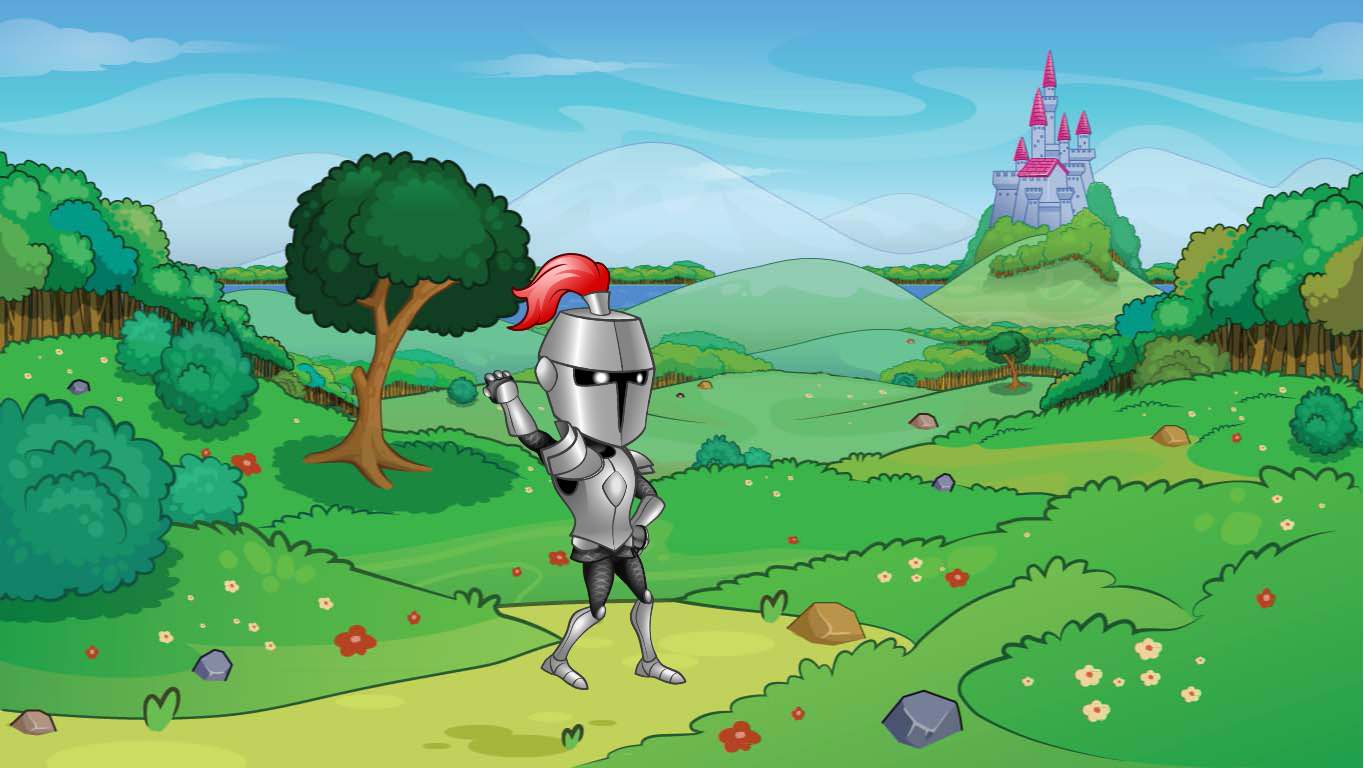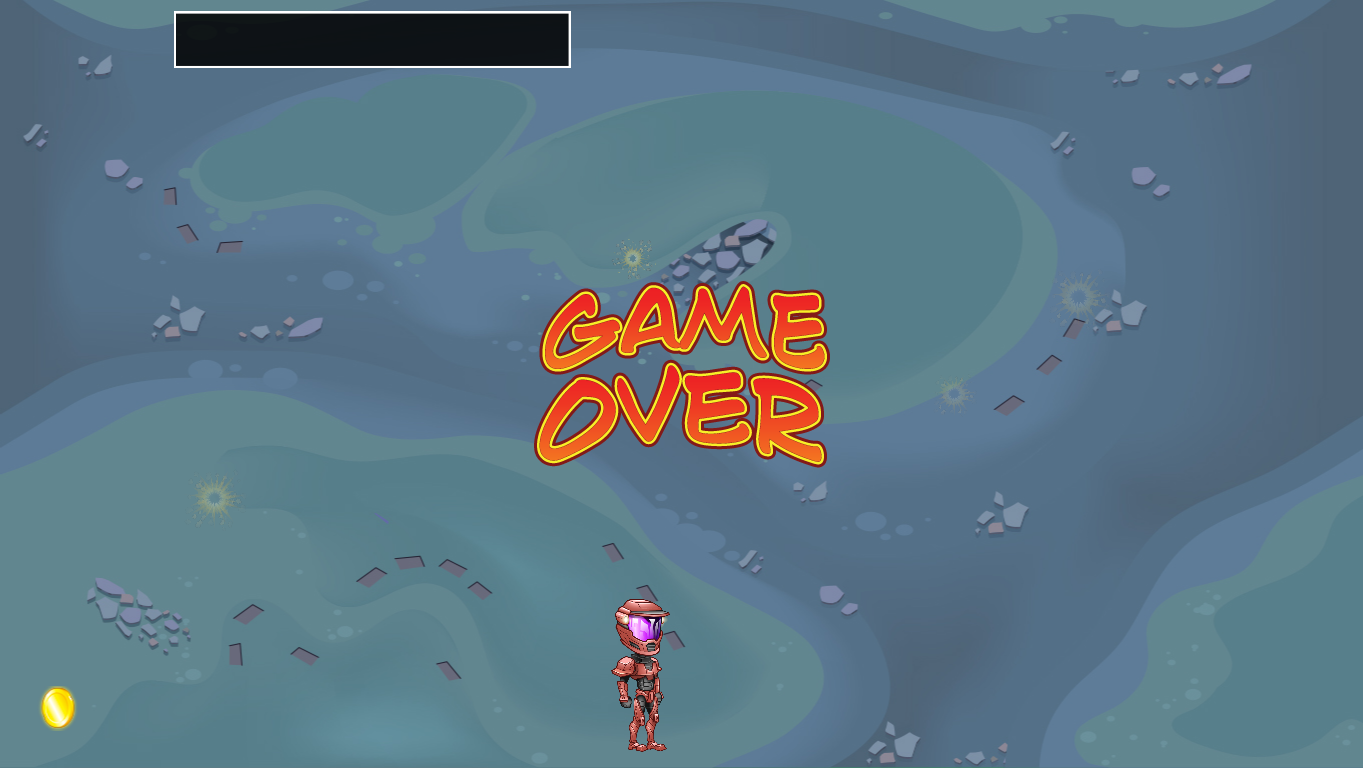Learn to code with using Tynker

Taught
Enrolled
STRATFORD SCHOOLS
Course
Lesson 1

Welcome
Learn how to use the Tynker Workshop by watching the video.
Lesson 2
Use Conditional Logic
Recognize simple patterns and use conditional logic and loops to solve.
Lesson 3
Apply Advanced Logic
Guide Codey back to the computer using loops and logic.
Lesson 4

Animation and Sound
Create a scene with animation and sound.
Lesson 5
Apply Negative Logic
Use more varieties of conditional statements and loops.
Lesson 6
Use Nested Logic
Use advanced logic to do jump over different kinds of obstacles.
Lesson 7
Use Advanced Logic
Program the rocket to follow the path and reach the moon base.
Lesson 8

Write a Story
Learn to create a comic strip using Tynker.
Lesson 9
Make Geometric Patterns
Use loops to draw basic shapes such as squares and triangles.
Lesson 10

Use Arrow Keys to Move
Learn to use motion and direction to move actors.
Lesson 11

Build a Game
Learn to use loops and conditionals in Tynker.
Lesson 12
Sequencing Review
Eat bugs and make your dragon grow to jump on to higher platforms.
Lesson 13
Loops Review
Automate several tasks in the correct sequence to reach the treasure.
Lesson 14
Patterns Review
Blast the airships and move forward using pre-defined functions.
Learning to Code using Tynker
Students will be introduced to the principles of programming using Tynker, an online learning platform created specifically for kids. Fundamental concepts used by professional programmers are taught through fun and easy-to-understand activities. As students create programming projects, they develop important design and problem-solving skills, while learning to think creatively and work collaboratively. We will showcase the class work here during the class.
Learning Objectives
- Programming concepts. After completing this course, students will have a strong understanding of fundamental programming concepts, like events, user interactions, messaging, finite and infinite loops, conditionals, delays, keyboard and mouse control, pen drawing, visual effects, turning, directionality and motion.
- Computational thinking and reasoning. Programming is inherently a very systematic and logical way of providing instructions. Through the course students' develop and significantly hone these thinking skills.
- Enhanced understanding of Common Core subjects. Working on Tynker projects reinforces student's understanding of math and science concepts.
- Become a maker. Every lesson encourages students to create. By the end of the course they would have learnt to build original games, digital comics, animations, make music, and create algorithmic art.
- Design thinking. Through the course students will be faced with challenges, and steered through thinking of a solution. This teaches them 'design thinking' - that is, work through strategies, choose and use tools, develop prototypes and evolve an optimal solution to the challenge.
Concepts Learned
simple events, simple sound playing, advanced costume handling, simple costume handling, sequencing, conditional loops, negative logic, simple conditionals